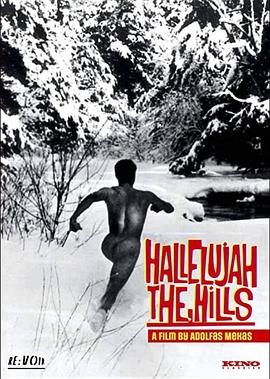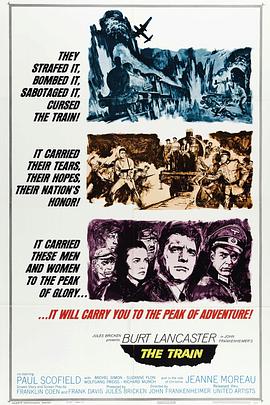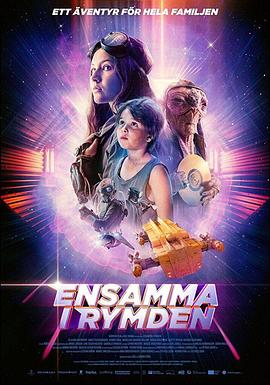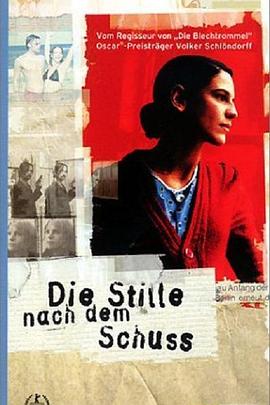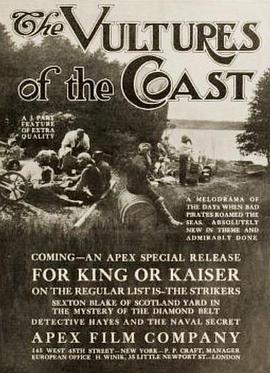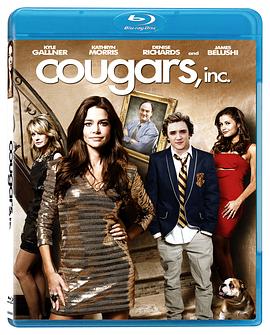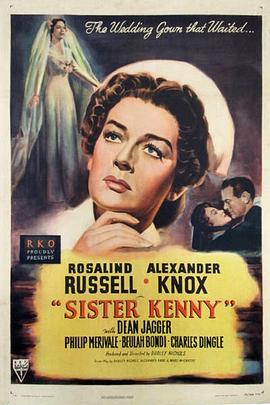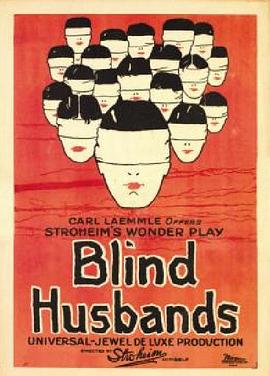-
备注:已完结
类型:喜剧片
主演:彼得·比尔德 Sheila Finn Martin Greenbaum
导演:阿道法斯·梅卡斯
语言:英语
年代:未知
简介:Hallelujah the Hills d’Adolfas Mekas États-Unis 1963 35mm 82’ nb vostf avec Peter Beard, Marty Greenbaum, Sheila Finn, Peggy Steffans, Jerome Hill, Taylor Mead Adolfas Mekas arrive aux États-Unis avec son frère Jonas en 1949. Ils fondent Film Culture, une revue consacrée au cinéma indépendant. Nourri par les films qui l’ont précédé, Adolfas réalise Hallelujah the Hills qui témoigne de cette culture en même temps que d’une immense liberté que l’on retrouvera dans tous les films du New American Cinema. « Tourné suivant le bon vieux principe d’une idée par plan, ses collines embaument de fraîche ingénuité et de gentillesse rusée. L’effort physique y côtoie hardiment le gag intellectuel. On s’émeut et on rit d’un rien un buisson mal cadré, une banane dans la poche, une majorette dans la neige… » Jean-Luc Godard, Les Cahiers du cinéma, 1963 « Créons un territoire à nous, loin de l’Amérique des buildings et des rêves de puissance, dans des forêts laissées vierges par le tout pouvoir. Vivons l’instant et les sensations, les possibles fugues de l’amitié et de nos rêves […]. Revenons aux fonds précieux de nos rêves et de notre culture (du coutumier aux plus grands films en passant par le folklore), à l’origine de la création, au désir qui, seul, motive l’artiste et lui permet de s’affranchir de diverses contraintes, de libérer l’esprit et le corps, au prix de quelques moments d’anarchie, qui sont le gage d’une virginité féconde. Improvisons notre vie et notre cinéma, jusqu’à (en) mourir pour lui. » Frédérique Devaux, « Hallelujah the Hills, Petit traité d’improvisation ludique », livret du DVD édité par Re Voir
-
备注:已完结
类型:动作片
主演:伯特·兰卡斯特 保罗·斯科菲尔德 让娜·莫罗 苏珊娜·弗罗恩 米歇尔·
导演:约翰·弗兰克海默
语言:英语
年代:未知
简介:以火车为主要叙事舞台的影片中,约翰.弗兰肯海默导演的这部战争动作片是令人难忘的杰作。故事时代背景是二次世界大战末期,德军眼看大势已去,深黯艺术无价的德国指挥官保罗.斯科菲尔德乃下令将一批法国名画从博物馆搬回德国去。负责驾驶这列火车的司机伯特.兰卡斯特在严密监视下,仍跟法国铁路局人员及地下游击队配合行动,用鱼目混珠及瞒骗等种种方式跟德军斗智,力保国宝不致流出国境之外。全片剧情结构严谨,气氛处理紧凑生动,常有令人捏一把汗的精彩场面出现。两位男主角的表演旗逢敌手,张力十足,也表现了各自的爱国心。
-
备注:已完结
类型:科幻片
主演:Madeleine Barwén Trollvik Richard S
语言:其它
年代:未知
简介:Alone in Space is a high concept adventurous, warm and funny genre feature film that doesn't shy away from big questions about life and death. Alone in Space takes the audience on a ride with two kids lost in space, accompanied by a friendly alien.
-
备注:已完结
类型:剧情片
主演:Bibiana Beglau Richard Kropf
导演:沃尔克·施隆多夫
语言:其它
年代:未知
简介:Die BRD in den 70er Jahren. Über die heitere Anarchie kommt Rita Vogt zum Terrorismus, verführt durch ihren Gerechtigkeitssinn und durch die Liebe zu Andi. Als sie das Scheitern der Bewegung erkennt, taucht sie in der DDR unter. Mit Hilfe der Staatsicherheit, personifiziert in Erwin Hull, beginnt für sie dort unter anderem Namen eine neue Existenz. Rita führt sozusagen das normale Leben der Arbeiterklasse. Sie will ankommen, während ihre junge Kollegin Tatjana weg will, in den Westen. Zwischen beiden beginnt eine Freundschaft, der eine Fahndungsmeldung im Westfernsehen ein abruptes Ende setzt. Wieder muss Rita untertauchen. Mit einem neuen Namen in einer neuen Stadt scheint sie mehr Glück zu haben. Rita lernt im Urlaub den Studenten Jochen kennen. Er will sie mit nach Moskau nehmen. Doch dann wird Rita von ihrer Vergangenheit eingeholt, es ist das Jahr 1989 - die Mauer fällt, die DDR hört auf zu bestehen...
-
备注:已完结
类型:剧情片
主演:Kyle Gallner Denise Richards Sarah
语言:英语
年代:未知
简介:A story of love, sex... and high school tuition. Meet Sam Lowell. Friend, lover, student, teacher... and owner of his very own escort service. Along with his "mother's little helpers" Sam learns about love and life in this sophisticated take on the classic high school sex comedy that explores a generation of kids growing up too fast and their parents who are desperately trying ...
-
备注:已完结
类型:剧情片
主演:萨姆·德·格拉斯 Francelia Billington 埃里克·冯
导演:埃里克·冯·施特罗海姆
语言:英语
年代:未知
简介:Two differences between this Austrian version and the generally available American version are immediately obvious they differ both in their length and in the language of the intertitles. The American version is only 1,883 metres long - at 18 frames per second a difference of some 7 minutes to the Austrian version with 2,045 metres. Whereas we originally presumed only a negligible difference, resulting from the varying length of the intertitles, a direct comparison has nevertheless shown that the Austrian version differs from the American version both in the montage and in the duration of individual scenes. Yet how could it happen that the later regional distribution of a canonical US silent film was longer than the original version The prevalent American version of Blind Husbands does not correspond to the version shown at the premiere of 1919. This little-known fact was already published by Richard Koszarski in 1983. The film was re-released by Universal Pictures in 1924, in a version that was 1,365 feet (416 metres) shorter. At 18 frames per second, this amounts to a time difference of 20 minutes! Titles were altered, snippets of action removed and at least one major scene taken out entirely, where von Steuben and Margaret visit a small local chapel. (Koszarski) From the present state of research we can assume that all the known American copies of the film derive from this shortened re-release version, a copy of which Universal donated to the Museum of Modern Art in 1941. According to Koszarski the original negative of the film was destroyed sometime between 1956 and 1961 and has therefore been irretrievably lost. This information casts an interesting light on the Austrian version, which can be dated to the period between the summer of 1921 and the winter of 1922. Furthermore, the copy is some 200 metres longer than the US version of 1924. If one follows the details given by Richard Koszarski and Arthur Lennig, this means that, as far as both its date and its length are concerned, the Austrian version lies almost exactly in the middle between the (lost) version shown at the premiere and the re-released one.A large part of the additional length of the film can be traced to cuts that were made to the 1924 version in almost every shot. Koszarski describes how the beginning and the end of scenes were trimmed, in order to speed up the film. However, more exciting was the discovery that the Austrian version contains shots that are missing in the American one - shotscountershots, intertitles - and furthermore shows differences in its montage (i.e. the placing of the individual shots within a sequence). All this indicates that Die Rache der Berge constitutes the oldest and most completely preserved material of the film.

